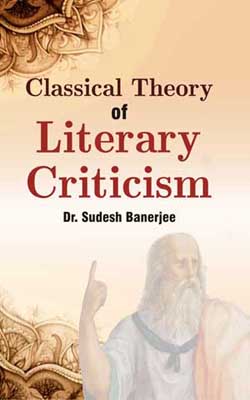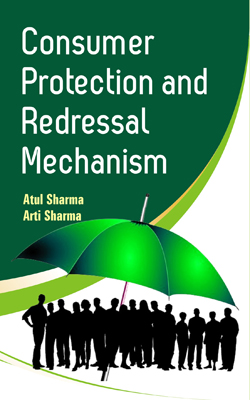Description
About the Book
The present book is intended for the general reader and not for the specialist, who will devote his attention to particular studies and to the original texts. In view of the wide scope of the work, this book is confined to place certain lines of thought in the foreground and paying less attention to others. It is devoted mainly to showing the main lines of China’s social and cultural development down to the present day. Author has also been concerned not to leave out of account China’s relations with its neighbours. We no longer see China as a great civilization surrounded by barbarians, but we study the Chinese coming to terms with their neighbours, who had civilizations of quite different types but nevertheless developed ones. The history of China is classified into the three parts—Antiquity, Middle Ages, and Modern Times. This does not mean that we compare these periods with periods of the same name in Western history although, naturally, we find some similarities with the development of society and culture in the West. Every attempt towards periodization is to some degree arbitrary: the beginning and end of the Middle Ages, for instance, cannot be fixed to a year, because development is a continuous process. To some degree any periodization is a matter of convenience, and it should be accepted as such. The account of Chinese history here given is based on a study of the original documents and excavations, and on a study of recent research done by Chinese, Japanese and Western scholars, including my own research. In many cases, these recent studies produced new data or arranged new data in a new way without an attempt to draw general conclusions. By putting such studies together, by fitting them into the pattern that already existed, new insights into social and cultural processes have been gained. The specialist in the field will, I hope, easily recognize the sources, primary or secondary, on which such new insights represented in this book are based.
About the Author
Wolfram Eberhard, Professor Emeritus of Sociology, University of California at Berkeley, was one of those rare scholars of Western, Central, and Eastern Asian societies and cultures whose interests and abilities were so broad that he can justifiably be described as a genuine “renaissance man” of Asian studies. As a teacher and scholar, he directly or indirectly influenced the careers and lives of a generation of students and scholars in many parts of the world. Even after his retirement, he continued to actively teach and publish, as well as to inspire a new generation of students. He published an abundance of scholarship, including Kultur and Siedlung der Randvolker Chinas in 1942 and his two-volume Lokalkulturen im alten China in 1943. The publication of his Typen Chinesischer Volksmärchen was the framework that brought Chinese folklore into the study of world folklore. He also published many studies analyzing the content, structure and transmission of Chinese folktales and customs. Eberhard’s sociological background influenced his research, as he was interested in not only the tale-teller but also the genders, ages and family relationships of tale-tellers and audiences.











Reviews
There are no reviews yet.